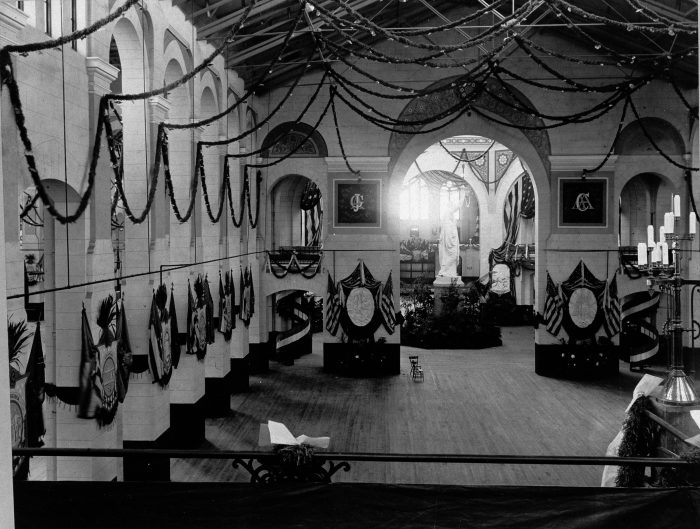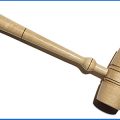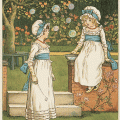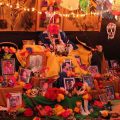Happy 140th birthday!
Today in 1879, ground was broken for the first U.S. National Museum—the architectural gem now known as the Arts and Industries building.

The Smithsonian’s Arts and Industries building, in Washington, D.C. (Photo by Eric Long)
The Arts and Industries Building was the first building created solely to house the US National Museum. The museum’s collections had been housed in the Smithsonian Institution Building, or Castle since the 1850s, but had soon outgrown that space. Smithsonian Secretary Spencer F. Baird devoted his career to developing a great US National Museum at the Smithsonian, and this building was the culmination of his dreams. After the Centennial Exposition of 1876 in Philadelphia, many of the displays were donated to the Smithsonian, and some of the proceeds from the exposition were used to build a new museum building. After an architectural competition, the Board of Regents selected the architectural firm of Adolf Cluss and Paul Schulze for the new building. Secretary Baird, General Montgomery C. Meigs, General William Tecumseh Sherman, and Congressman Peter Parker composed the National Museum Building Commission which oversaw the project. General Meigs, a civil engineer educated at West Point, supervised the structural system and conducted a study of public museums in Europe.

The East Hall looking toward the Rotunda, with the “Statue of America” in it, of the new United States National Museum, now the Arts and Industries Building, decorated for President James A. Garfield and Chester A. Arthur’s Inaugural Ball, March 4, 1881. This was the first event held in the building. Strings of garlands of electric lights were strung from the ceiling. (Photographer unknown, via Smithsonian Institution Archives)
On April 17, 1879, ground was broken for the new museum building to be located next to the Castle. The building design is symmetrical, composed of a Greek cross with a central rotunda, with an iron truss roof. The exterior façade has geometric patterns of polychrome brick. Above the north entrance is a sculpture entitled Columbia Protecting Science and Industry by sculptor Caspar Buberl. The interior of the building is partially lit through the use of skylights and clerestory windows, complemented by electrical lighting throughout the building from when it opened. The foundations and main walls were completed during the first year of construction. By the end of 1880, the roof had been completed and parts of the building were already in use by Smithsonian Institution staff. The first event held in the new building, before the exhibits and a permanent floor were installed, was the inaugural ball of President James Abram Garfield and Vice President Chester A. Arthur on March 4, 1881.
Interested in learning more? Visit Smithsonian Institution Archives.
Posted: 17 April 2019
- Categories:







